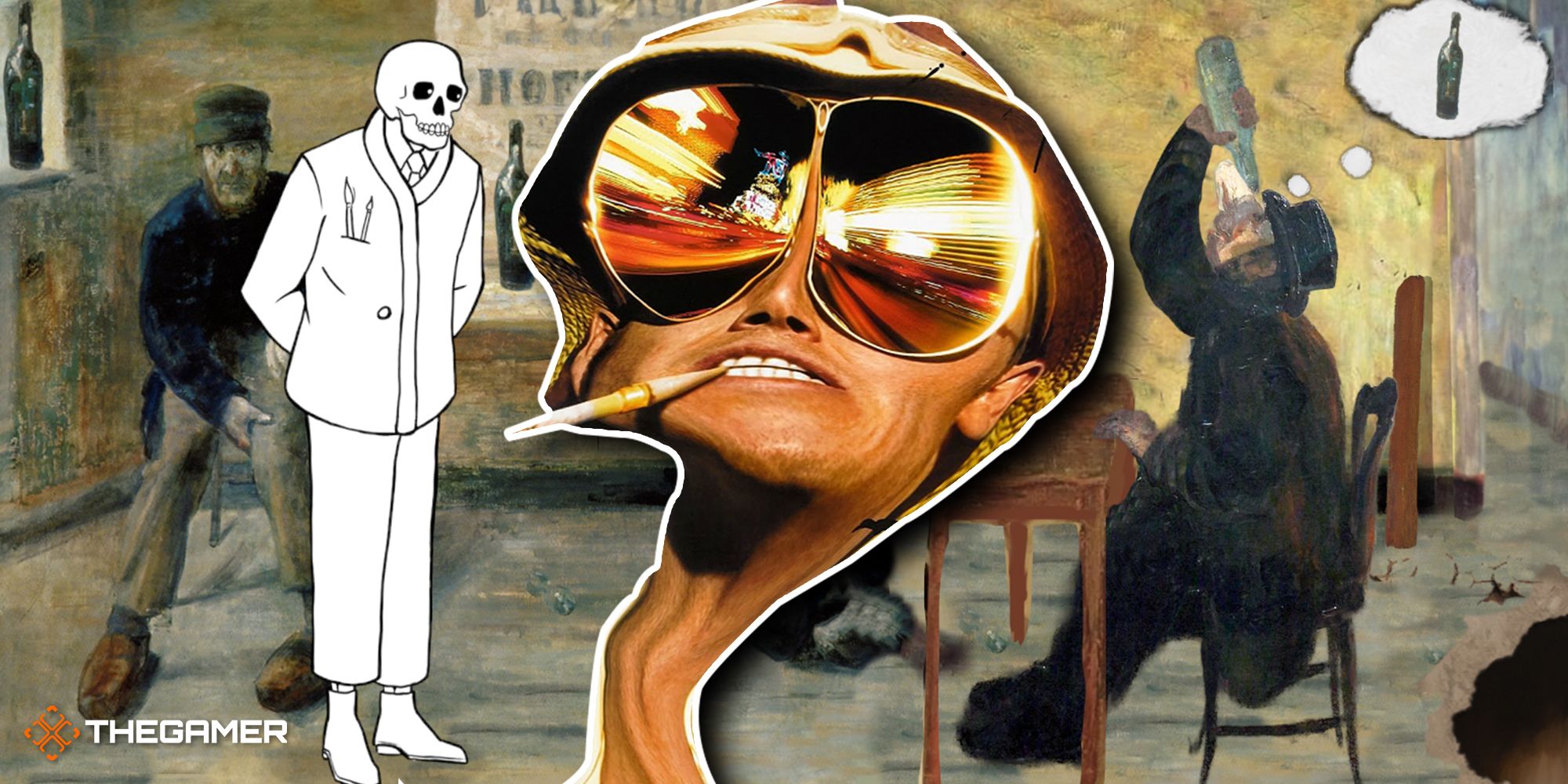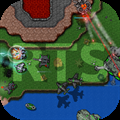Please, Touch The Artwork 2 Is Like An Afternoon At The Museum On Acid

Summary
- Please, Touch the Artwork 2 is a trippy game that lets you interact with iconic art pieces in a weird and engaging way.
- Guide a skeleton through James Ensor's gallery, solving puzzles and exploring different eras of his career in a surreal experience.
- The game is short, engaging, and perfect for art lovers and novices alike, offering a unique way to appreciate and play with art.
I’ve never been very talented at the visual arts, but that hasn’t stopped me from admiring it. I make it a point to visit an art museum in every country I travel to. A backpacking trip in Europe when I turned 21 meant I was exposed to a lot of classical paintings in museums like The Uffizi and Rijksmuseum, and I got to sit in the shadow of the Venus de Milo in awe. I developed a love for modern art later – the weirder, the better. Contemporary museums in cities like San Francisco and Chicago left me floored. Even now, despite having been to my local museum too many times to count, I still sometimes drop by when I’m nearby and have nothing else to do just to see if there’s any experimental exhibitions happening. A day when I get to see art is a good day.
Please, Touch the Artwork 2 reminds me of a day in the museum, except if I was tripping balls. The first game was a very relaxing experience that allowed you to solve puzzles intertwined with Piet Mondrian’s iconic, generation-defining abstract art. Its sequel, which was launched just this week on Steam for free, is a much weirder hidden object experience. Both have the same goal in inviting you to get up close and personal with an artist’s body of work, interacting and playing with the art in a way you’d never imagine doing in an actual museum.
This sequel focuses on the works of James Ensor, an expressionist and surrealist painter whose career had a strong influence on later artists working in the same genre. Expectedly, it’s beautiful. Your job is to guide a skeleton in a snazzy suit through Ensor’s ‘gallery’, with different levels representing different eras in his career.
The skeleton is drawn in stark, simple black-and-white to stand out against Ensor’s smudgy, sometimes boldly colourful paintings.
I say it’s like being at the museum on acid for a couple of reasons. One, the background of Ensor’s paintings are sometimes animated to sway and pulse, similar to those animated gifs of Van Gogh’s The Starry Night that show the sky swirling and flowing. You know, like acid does.
Two, the puzzles intentionally create a surreal experience that befits Ensor’s strange body of work. Figures in the paintings will request that you find a number of items for them, which are usually scattered across a number of other paintings. A duck might ask you to locate matchsticks so it can light the cigarette in its mouth, or a skull in a headscarf might ask you to find bananas. Other puzzles involve you patching up rips in the paintings after a creepy, giggling masked painted figure tears them up with knives.
It’s a short but engaging game that took me just under an hour to complete, but familiarised me with some of the best known works of a painter I’d never heard of before but that had clearly influenced the contemporary surrealist art I saw and enjoyed at museums. Accompanied by a soundtrack of Claude Debussy, Erik Satie, and other classical pieces, this strange romp through a beachside, a city, an apartment complex and more gave me an excuse to stick my face right up to a painting and analyse every brushstroke without worrying about my nose brushing against a century-old piece of art.
The game is for art lovers and people that don’t ‘get’ art. It’s for children and the elderly, playable as long as you know how to use a mouse. You should play it, though maybe not actually while under the influence – this reviewer doesn’t recommend it.
RelatedFalling Off Baldur's Gate 3 Is The Best Thing That Ever Happened To Me
It's been months since I revisited my old save, and I'm not worried about going back.
Posts












